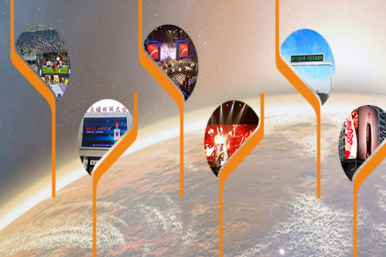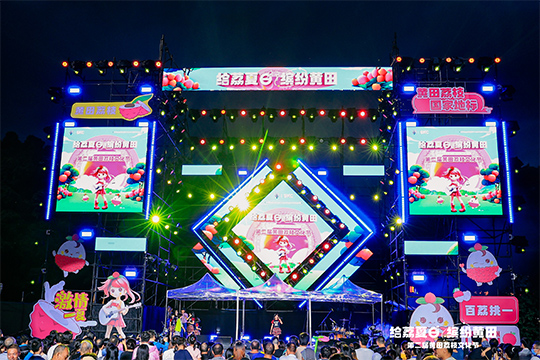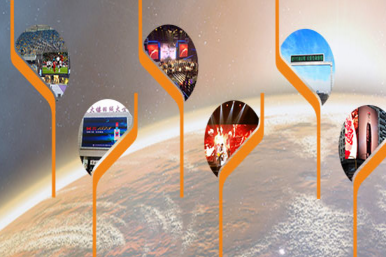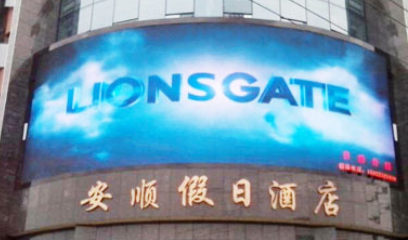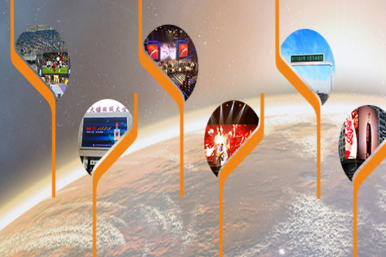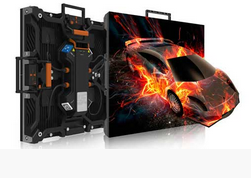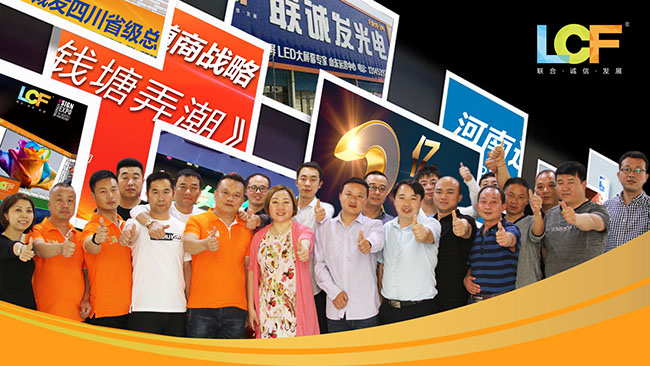Publisher: Supplier of LED Display Time: 2017-09-26 17:50 Views: 4314
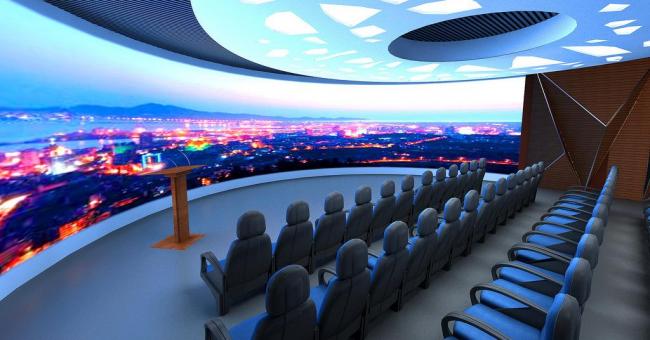
In March of this year, LED display giant Samsung launched a new LED movie screen designed specifically for movie theaters. In July, Samsung brought this product to the cinema. The playback screen will no longer need to receive the projected picture, but will be transformed into a brightly colored super large 4K resolution display. At the same time, HDR technology has been put into the super large screen. The resolution reaches 4096x2160 (Ultra HD 4K), and the peak brightness is 146fL, which is 10 times stronger than standard projector technology. Brings a new immersive cinema experience for movie theater viewers. Therefore, since its release, it has won the headlines of major media around the world, and many film directors and film lovers have expressed that Samsung Cinema LED screens will be the future of cinema technology.
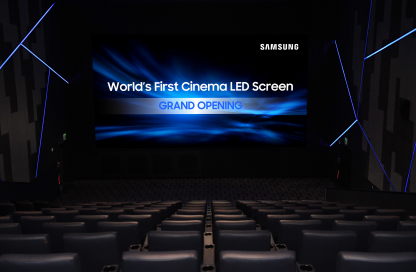
The stereotype that "the theater is dark" may be broken. The brightest color, the deepest darkness, and the cleanest pure white. Here, the color is no longer disturbed by distortion... In fact, not only Samsung, but also products independently developed by many LED screen companies can have such technical effects. Like the well-known Lianchengfa LED display, it has stable operation, wide viewing angle, convenient disassembly and assembly, and excellent display effect. Among them, the adaptive brightness adjustment function can effectively relieve visual fatigue under long-term viewing. It's just that there is currently no way to enter the theater.
Samsung said: The company's goal is to obtain 10% of the global cinema screen market share in 2020, which is equivalent to having 20,000 displays worldwide. Although in current cinemas, projectors and screens are still the cheapest and stable projection technology. However, from the perspective of Samsung's step-by-step planning and actual actions to enter the theater, even if the market share fails to meet expectations, it can also have a huge impact on projection technology.
